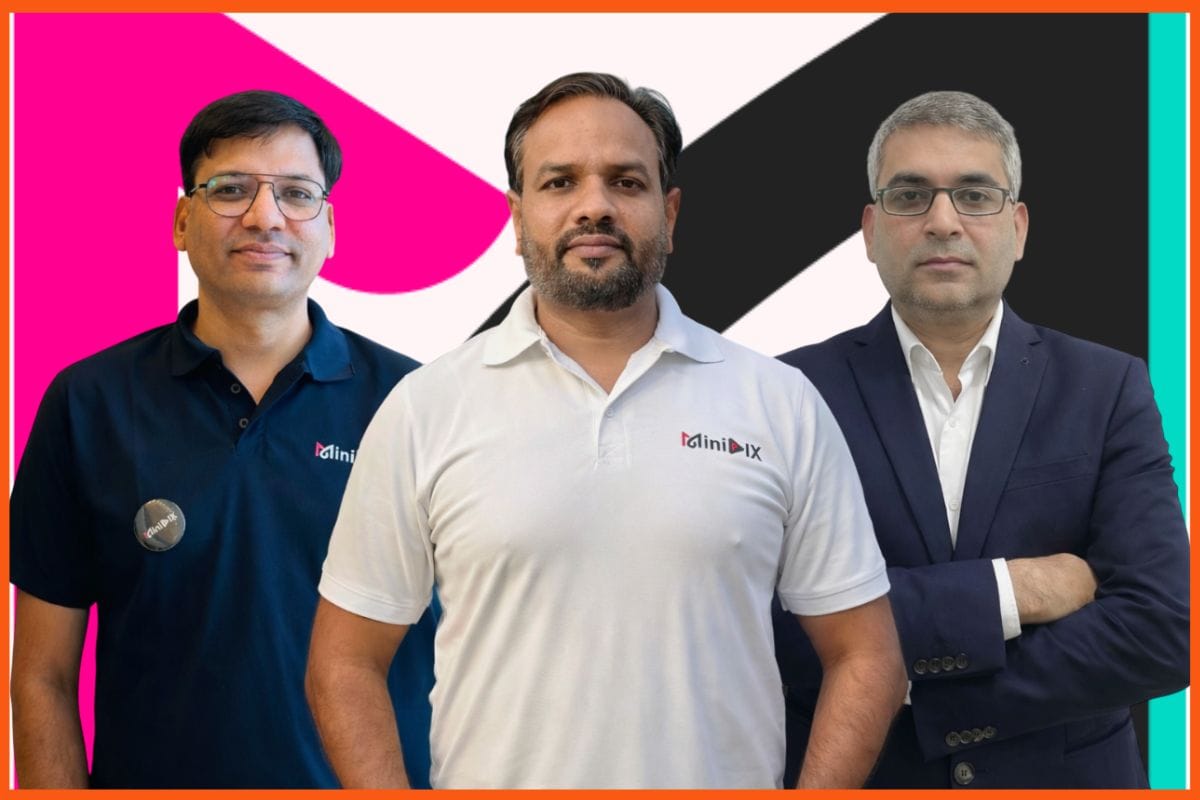How Rapido Is Rapidly Beating Ola and Uber in India?
📖 Learning
India’s mobility tech sector, while unorganised, has seen unprecedented growth in the last decade. This is largely due to inadequate public transport infrastructure and an increasing demand for convenience and affordability.
In the coming years, the shared mobility sector is set to witness greater democratisation and reach nearly 15 crore users by 2025. With a deeper penetration into non-metro cities, the economy will receive a boost by creating a viable revenue-generating opportunity for more than 3 million drivers across various platforms.
With year-on-year growth, the Indian market has evolved to add more categories. The Indian mobility market is growing in line with the global trend. However, there is some localisation like rapid traction for two-wheelers and three-wheelers as well.
Post the Covid-19 pandemic, bikes and autos have seen rapid traction and are gaining share quickly within the wider market.
What is Rapido? – The Initial Journey
The Challenges Faced by Rapido
The Revival and Growth of Rapido
Rapido’s Monitoring and Support Systems
Rapido’s Sustainability
What is Rapido? – The Initial Journey
Aravind Sanka was on the verge of closing his local startup ‘theKarrier’, frustrated with the increasing traffic and cost. It was his two friends, Pavan and Rishikesh who came up with the suggestion of using two-wheelers as a way to work around the Bangalore city traffic issue. This idea prompted them to study consumer behaviour within the city and Rapido was conceived.
In 2015, Pavan Guntupalli, Rishikesh SR and Aravind Sanka founded Rapido, an online bike taxi aggregator. Based in Bangalore, its fundamental and operational ideology was to create something unique and distinct from Ola and Uber. The aggregator particularly focused on hiring drivers possessing two-wheelers and allowed them to register and verify the information with the company.
Rapido understood the issues and problems posed due to increasing traffic. Time and cost would eventually increase for the customers. This insight allowed them to strategize and plan for successful motorcycle rides. Their slogan ‘Ride Solo’ amplifies their ideology of offering services that are dependable, convenient and economical. Their stipulation for their captain’s two wheeler-vehicles not being any older than 2010 showcases their care for safety.

The Challenges Faced by Rapido
Within the first month of launching Rapido, it received more than 10,000 downloads and gained popularity quickly. However, Ola and Uber saw the rising popularity and launched their own services within the two-wheeler market as well. This proved to be a huge challenge for Rapido, as the market giants were cash rich and could very well outrun Rapido by undercutting their rides by a huge margin.
Rapido’s funds were depleting and this prompted Aravind to pitch to investors. However, investors were wary about Rapido’s sustainability in view of Ola and Uber’s strong grasp on the market. By 2016, Rapido’s future was bleak and it was on the verge of closing its doors.
The Revival and Growth of Rapido

The CEO of Hero Honda Motor Corporation, Pawan Munjal realised the potential for the success of Rapido. He not only invested in Rapido but helped them strategize their growth plan and the road to reach it.
While Ola and Uber were strong in urban, metropolitan cities, they were less focused on tier 2 and tier 3 cities. This is where Rapido turned their focus. They built a local ecosystem that was in line with the needs of tier 2 and tier 3 cities. They built a two-pronged approach:
- Provide bike rides to daily commuters with no vehicles.
- Provide riders to commuters with bikes and help build a secondary income model.
This brilliant strategy took quick roots allowing Rapido to strengthen its presence and grow its market share.
Rapido’s Monitoring and Support Systems
Their Rider Motoring System (RMS) tracks all their rides including ensuring the riders possess all necessary documentation, their behaviour with customers and their adherence to speed limits. Their riders who have clocked the most number of rides are regularly rewarded. This keeps their motivation high to provide consistent and best services to customers. Where Rapido excels is in a concentrated feedback loop. Their network is smaller than Ola and Uber but is more focused on providing better services.

Rapido’s Sustainability
Rapido’s business model is similar to Ola and Uber. In some cases, Ola and Uber are far more advanced, technologically. In a scenario like this, Rapido has not only maintained a profitable business model but built it to sustain itself. Their operational ease and robust support systems for their drivers are what makes the company a preferred place of work.
- Rapido built and maintained its reward structure for its drivers. This builds trust among its drivers and keeps the momentum high for servicing its customers. Unlike Ola and Uber, which had announced a reward system for their drivers but they have not kept it updated.
- Rapido’s withdrawal system is friendly to drivers, allowing them to withdraw their earnings on a weekly or even daily basis, as required. This is too, unlike Ola and Uber, which have an inflexible accounting system.
Conclusion
What Rapido has done is not so far out of imagination. They have merely taken a different and less populous route to success. Their journey is a classic example of simply going through a window when the door closes.
Their keen observation allowed them to spot the existing opportunity and then grab it with both hands. What does their ideology teach? Concentrate on what is personal strength and build on it.
FAQs
How did Rapido fought Ola and Uber?
While Ola and Uber were strong in urban metropolitan cities, they were less focused on tier 2 and tier 3 cities. So, Rapido built a local ecosystem that was in line with the needs of tier 2 and tier 3 cities. Rapido understood the issues people faced due to traffic and this allowed them to strategize and plan for successful motorcycle rides.
Which is cheapest bike ride app?
Some of the cheapest bike ride apps are:
- Rapido Bike Taxi
- Ola Bikes
- UberMoto
- Mopedo Bike Taxi
How much does 1 km of Rapido cost?
Rapido charges ₹35 for 2 km as a base price. After the 2 km distance, it charges ₹15 per km.
Must have tools for startups - Recommended by StartupTalky
- Convert Visitors into Leads- SeizeLead
- Website Builder SquareSpace
- Manage your business Smoothly Google Business Suite






